Seven heroes converge upon the abyss, called by an imprisoned princess to brave its depths and rescue the magic of language from a mad king.
Developed by Marvelous, Silent Hope is a first in what may be an expansion of the Rune Factory universe outside of the mainline game series.
The world of Rune Factory has always been a bit haphazard. We have a general understanding of what Runes are as a metaphysical entity, we know about the elemental dragons, and we have some VERY vague ideas about geography and the geopolitical landscape. Personally I’d like to see Marvelous continue to explore the setting through games like Silent Hope.
Silent Hope
Developer: Marvelous
Publisher: XSEED Games, Marvelous
Platforms: Windows PC (Reviewed), Nintendo Switch,
Release Date: October 3rd, 2023
Price: $39.99 USD
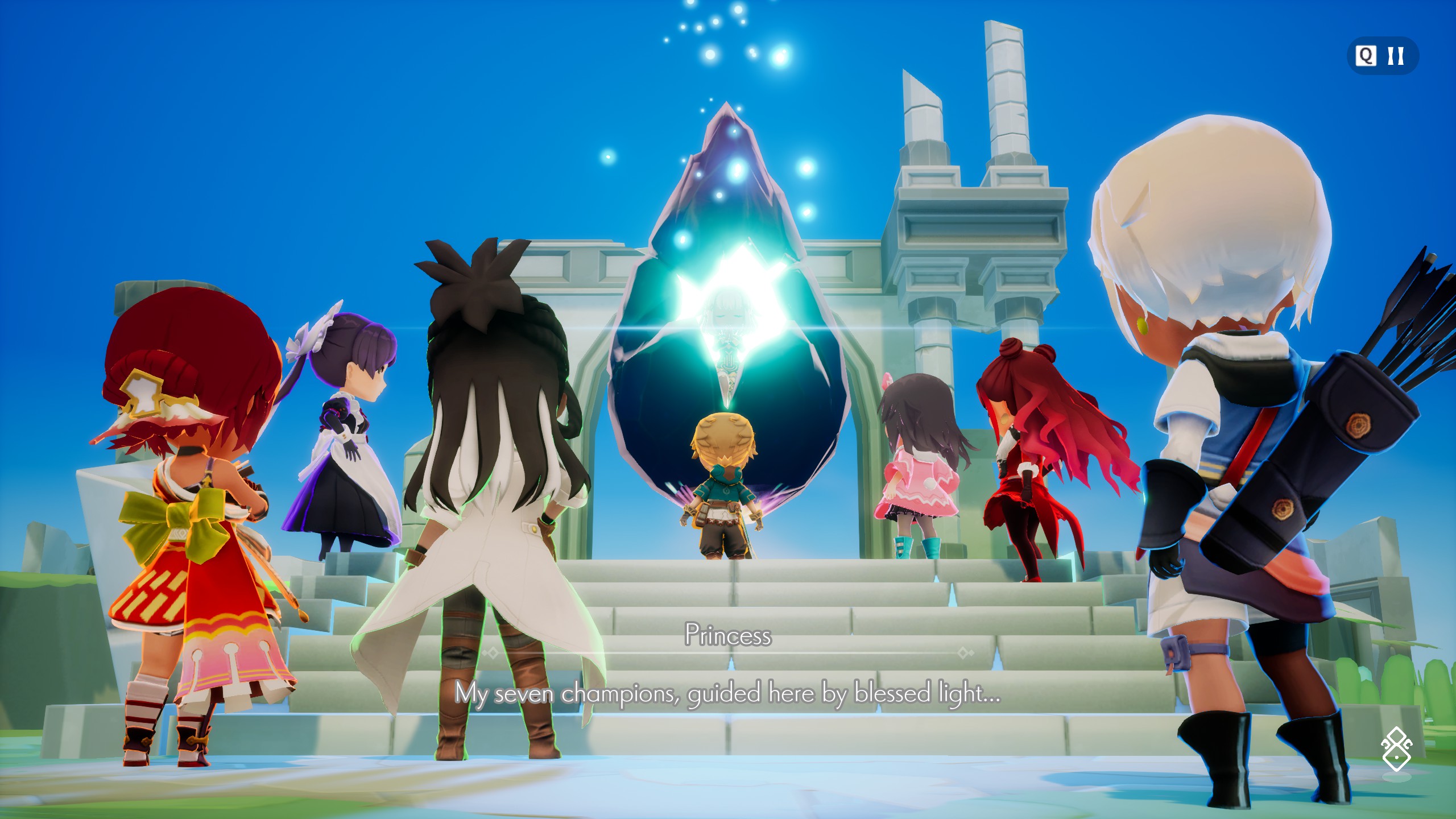
You can play as any of the seven main characters in Silent Hope, which is great because you can’t show me a tomboy blacksmith and then expect me to play generic blonde anime boy #415. Each one has their own abilities and weapons which create unique combos and playstyles.
For instance, Warrior has long range melee attacks and a decent cleave. Her abilities allow her to juggle enemies, self-buff, and stun depending on which ones you use. My favorite build for her is Pinwheel (a highly mobile whirlwind ability with tons of damage), Howl (a low cooldown stun in a small AoE), and Focus (a long-lasting attack damage buff that’s virtually permanent at max rank).
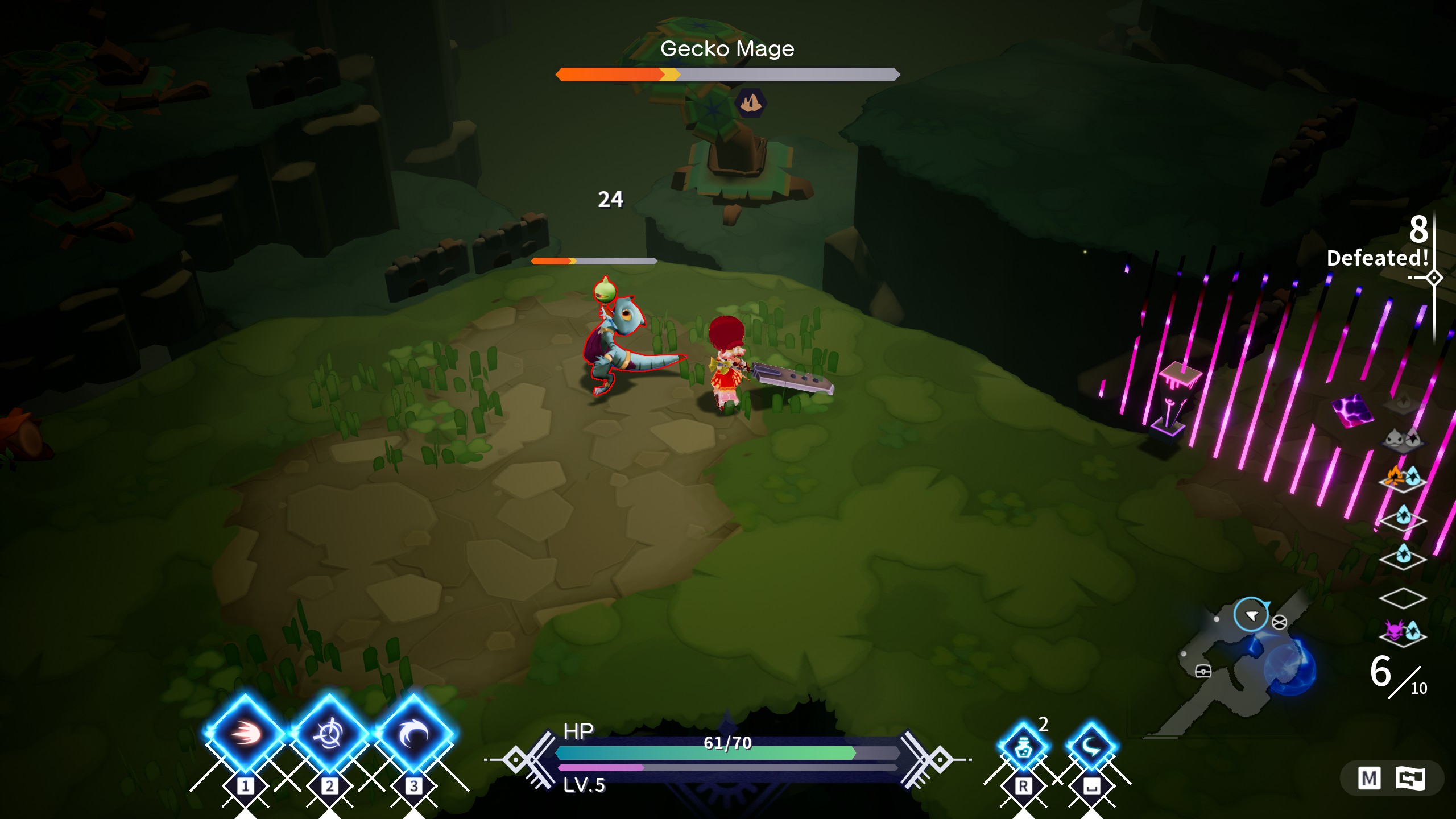
Finding the character and abilities that work for your playstyle go a long way in making Silent Hope enjoyable. That being said, I noticed some abilities are just complete baits. For example one Paladin ability does a stationary whirlwind which “draws in” enemies. The only issue is that it applies a knock back on-hit. Which means you’re only getting a fraction of the damage off that the ability promises. Other abilities are also poorly tuned in a similar way.
The core gameplay loop of Silent Hope is like a roguelite, you dive in, collect Runes and materials, and try not to die. Crystals which can warp you back to the surface are plentiful so there’s very few reasons a player should ever die unless they’re in an arena encounter like a boss or monster house. Less common, are the campfires which mark floors you can begin from on future excursions.
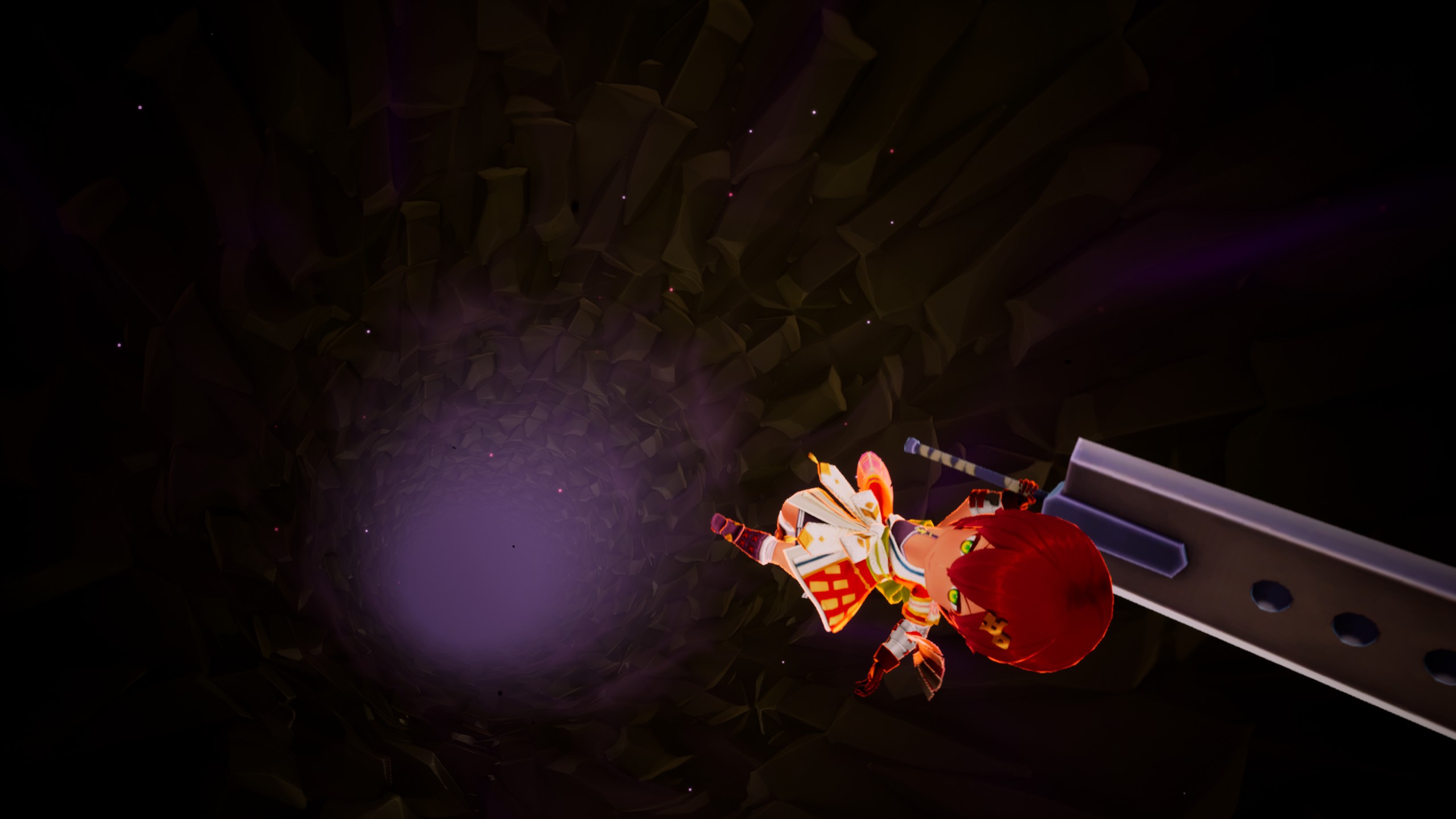
Crafting is similar to Rune Factory, you use materials you either harvest/synthesize (stone, metal, wood) and higher tier equipment requires monster pieces farmed via RNG drops. I generally cleared most floors I entered entirely, so it wasn’t often that I was left wanting for equipment materials. Players prioritizing speed or just skipping some floors may find themselves grinding for drops to tackle the next floor.
You can change your weapon elements by equipping them with gems. Enemies will be weak or resistant to certain element types and the best strategy is to just pick an inoffensive element depending on the floor. For example the Winter layer has mostly Ice and Lightning enemies, so Fire is a safe choice. Even if you aren’t exploiting weaknesses, just doing normal damage will get you through most fights.
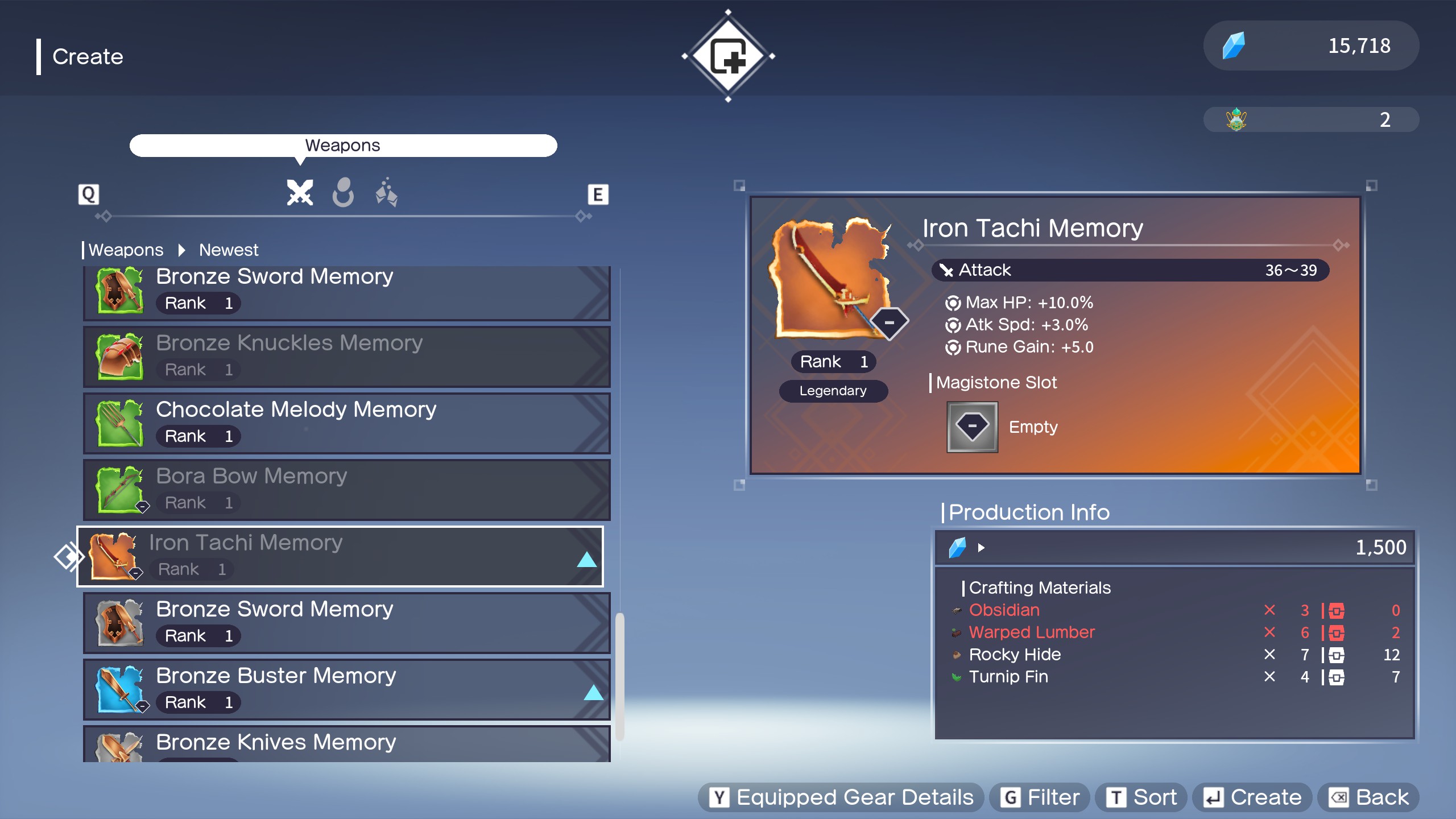
Combat is a little more stiff than Rune Factory, though that’s probably by design so that you feel compelled to try other characters. Attacks and skills often animation-lock the player, leaving them vulnerable to attacks from enemies who aren’t hit-stunned by the ability. These can be animation-canceled via dodging.
Most of the actual combat is a combination of big damage, learning, and tactically using your abilities so you aren’t animation-locked during an attack. Bosses offer more nuanced mechanics, like using terrain to avoid attacks and learning what each boss telegraph means as far as attacks are concerned.
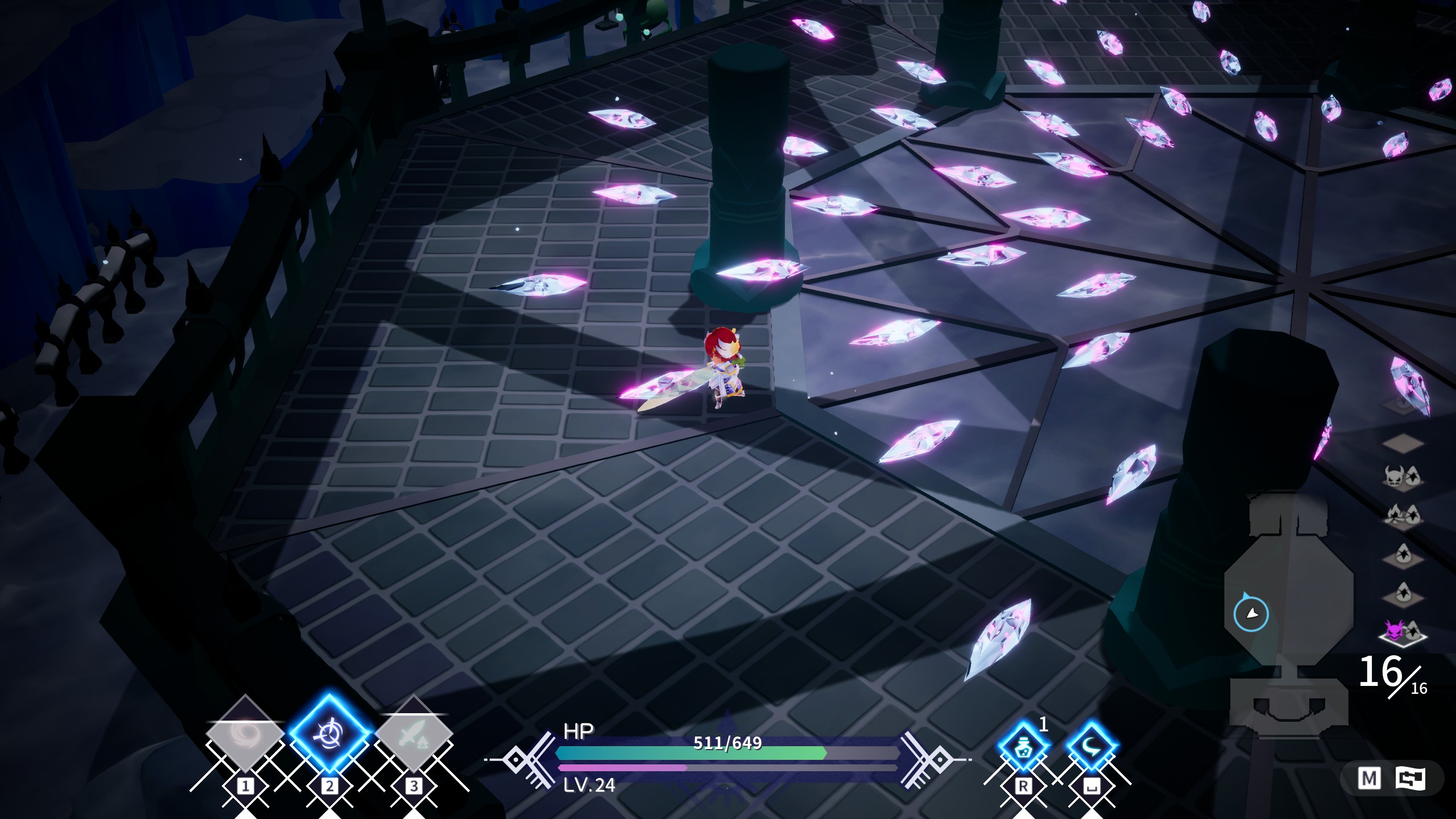
Graphically, it’s cute with clean models compared to Rune Factory 5 (then again I played that on Switch). It’s also a return to the top down action-RPG style of the Rune Factory franchise. RF5 played with a more conventional rotating camera similar to most RPGs these days, but Silent Hope goes to show that Marvelous does their best with the top down camera.
The voicework is fantastic, you don’t hear a lot of the other characters throughout most of the game but the Princess provides constant narration. To make things more exciting, the Princess is voiced by none other than Kana Hanazawa, one of the most prolific voice actors since her debut in the early to mid 2000s.
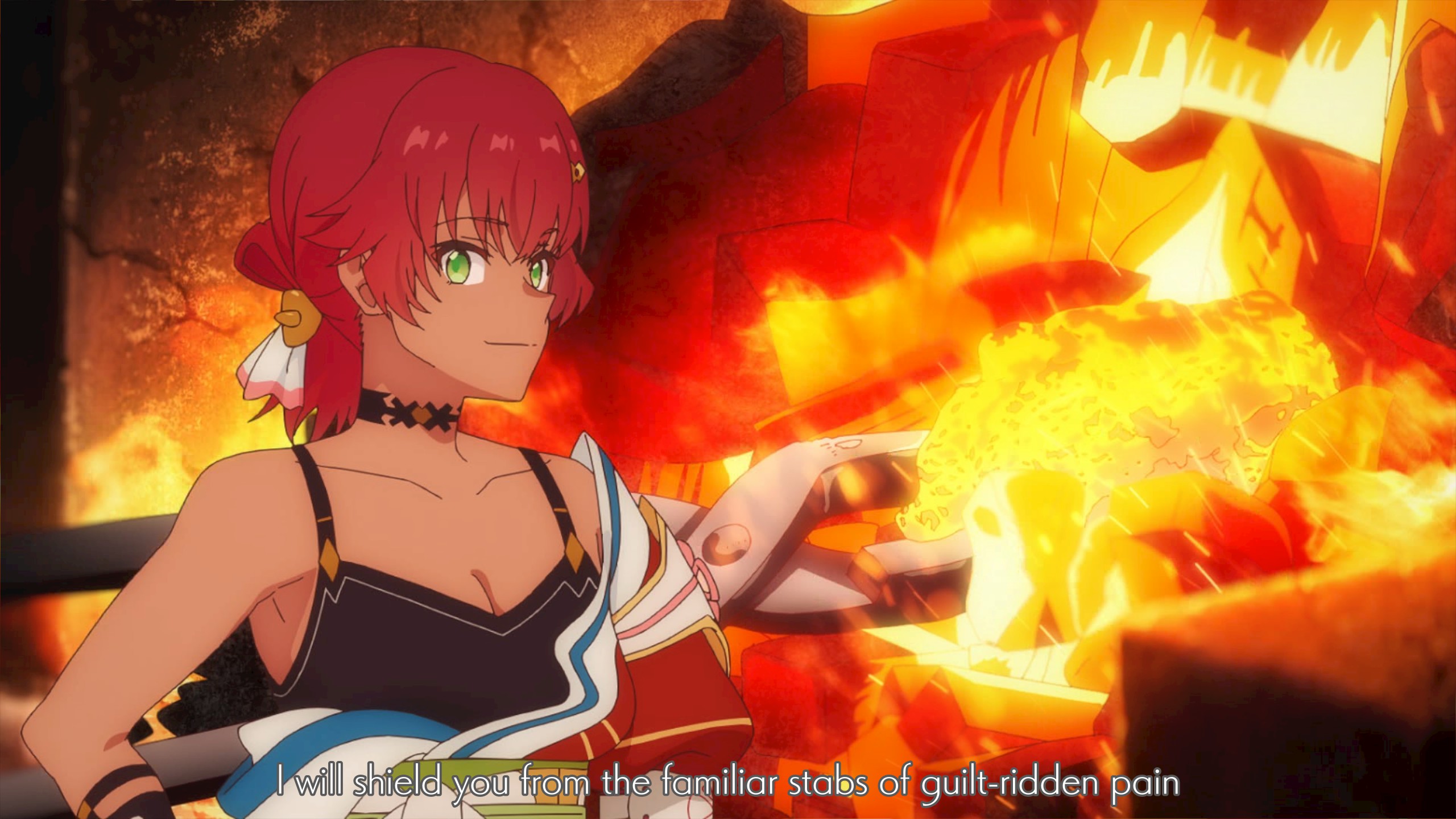
Ultimately Silent Hope is a refreshing return to form for Marvelous. Cute characters, great voicework, fun (and grindy) beat’em up combat. It’s a distillation of Rune Factory combat with simplified crafting and no conventional farming mechanics (there is a farm though).
Silent Hope gives me hope for the upcoming Rune Factory 6 game and I can’t wait to see more of the franchise’s setting being fleshed out.
Silent Hope was reviewed on PC with a review copy sent by Marvelous. Additional information about Niche Gamer’s review/ethics policy can be found here. Silent Hope is now available for Windows PC (via Steam) and Nintendo Switch.